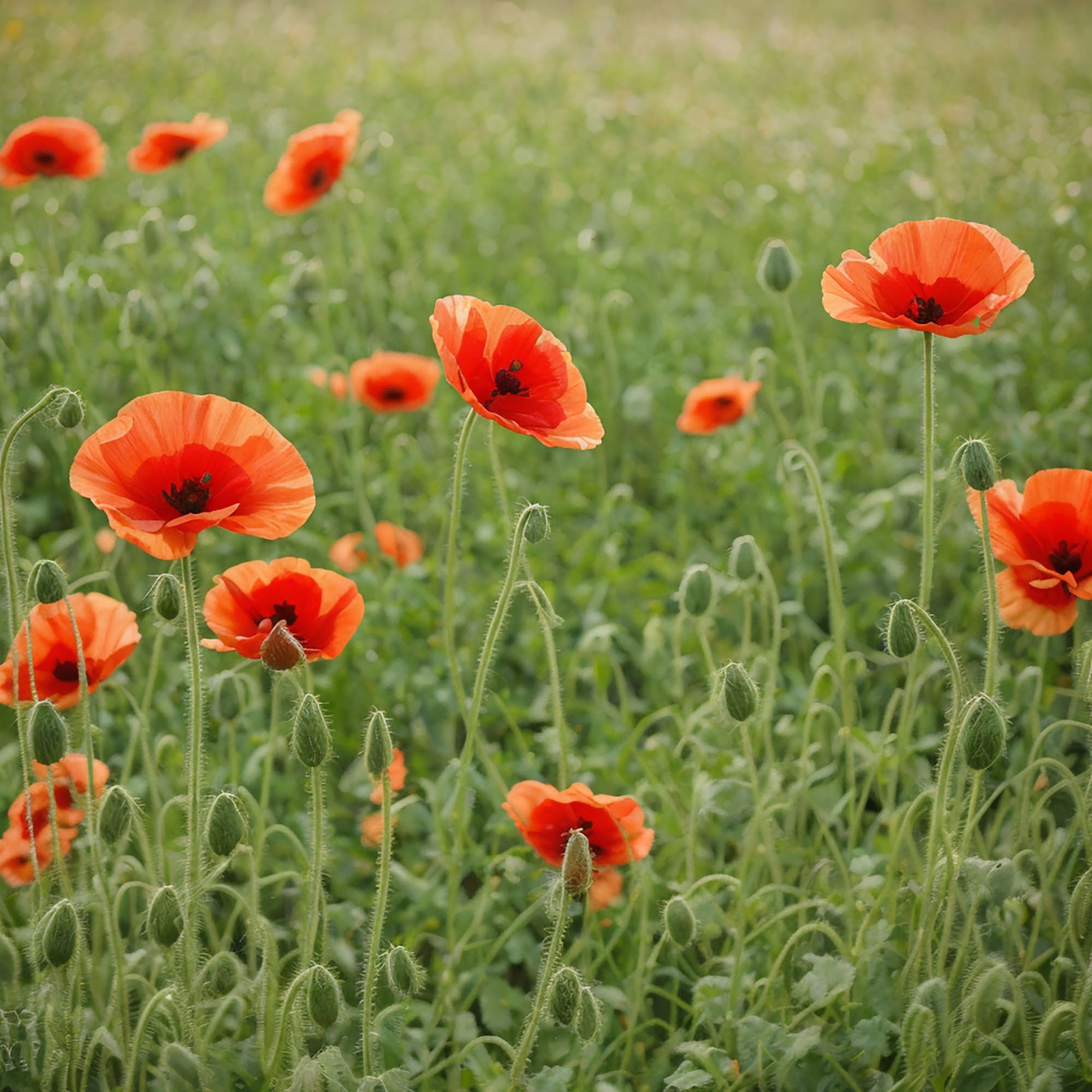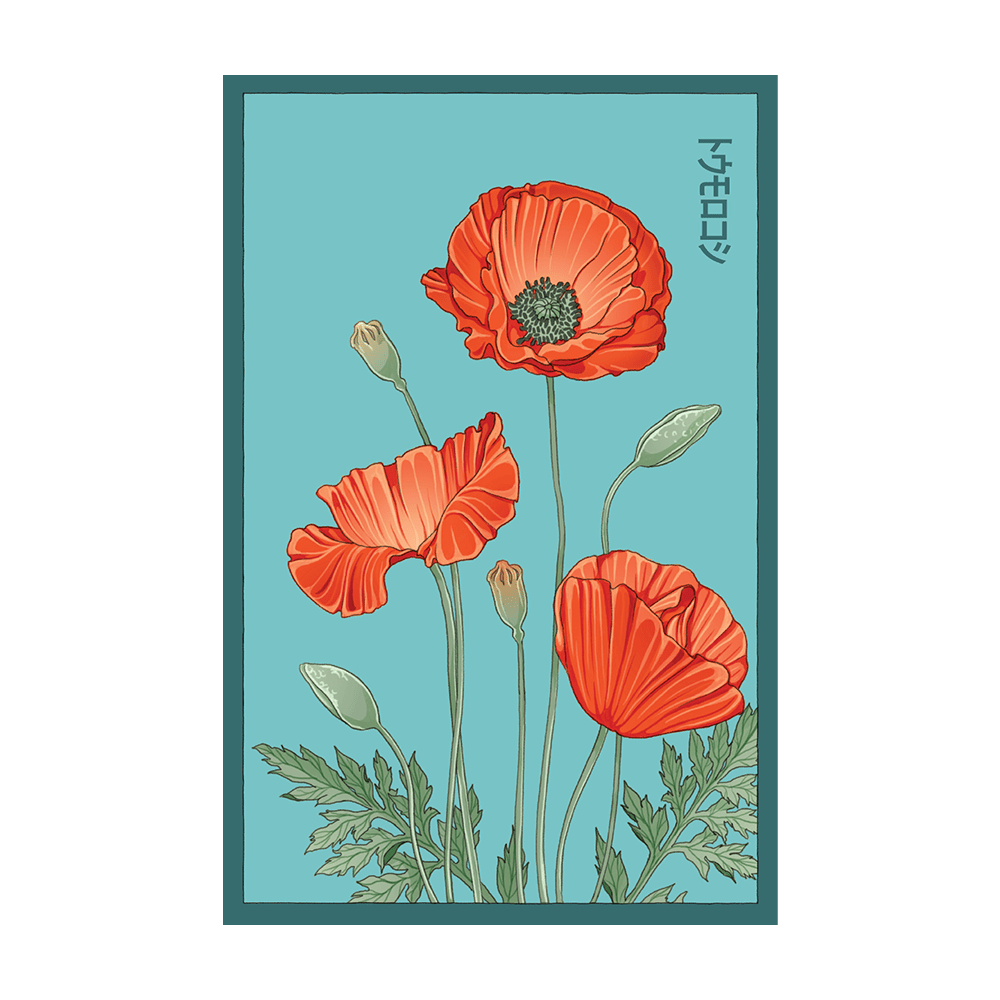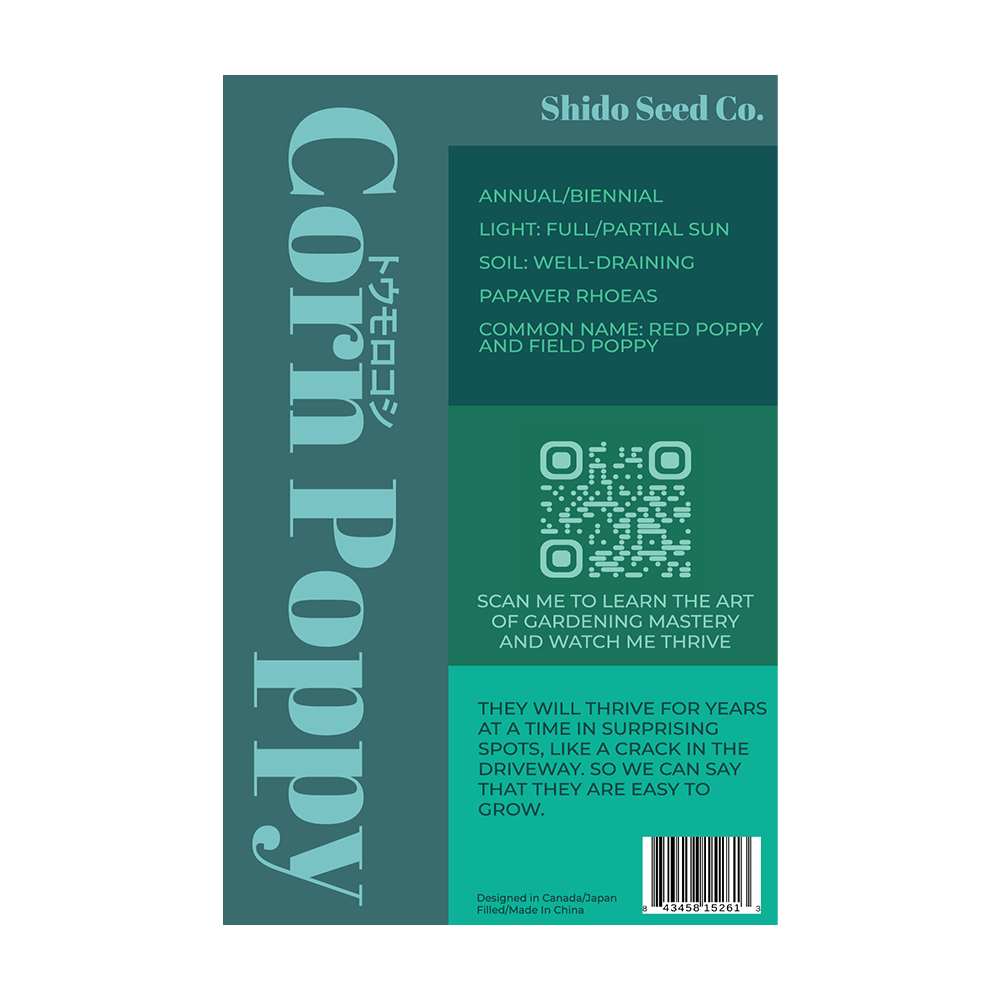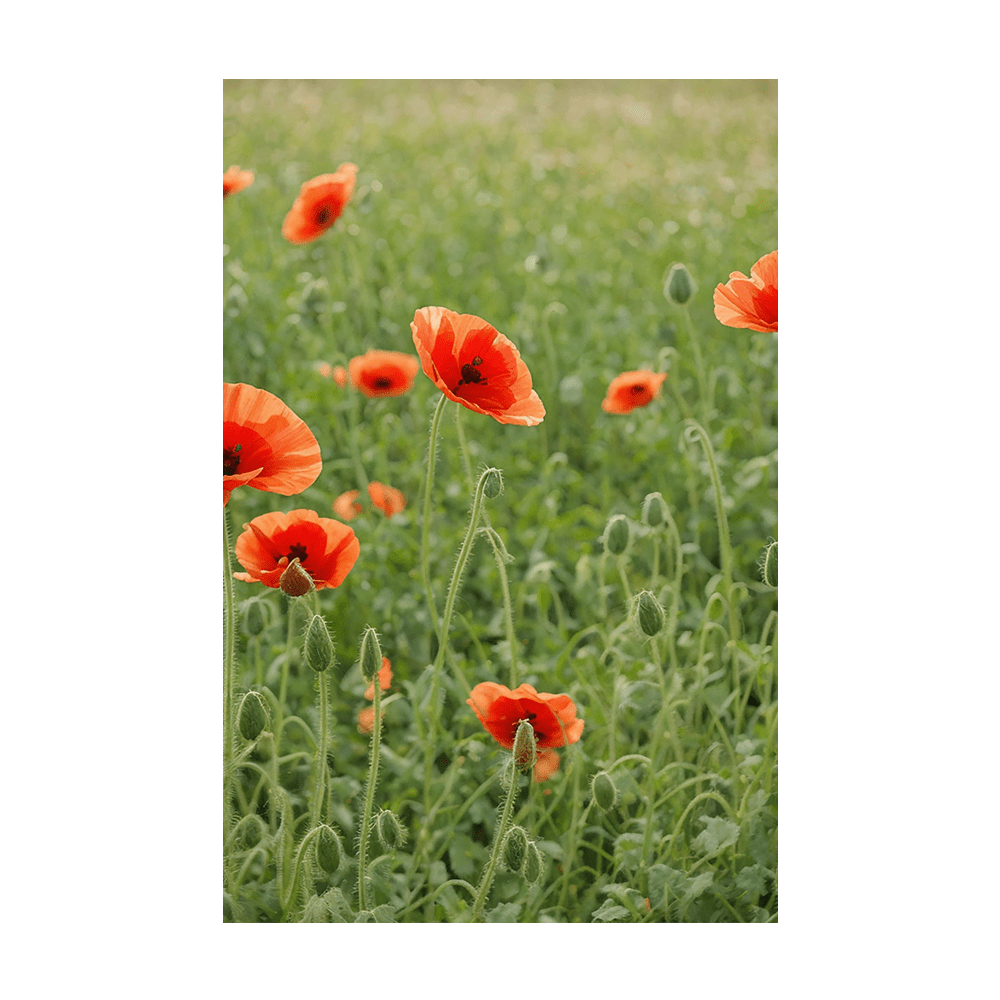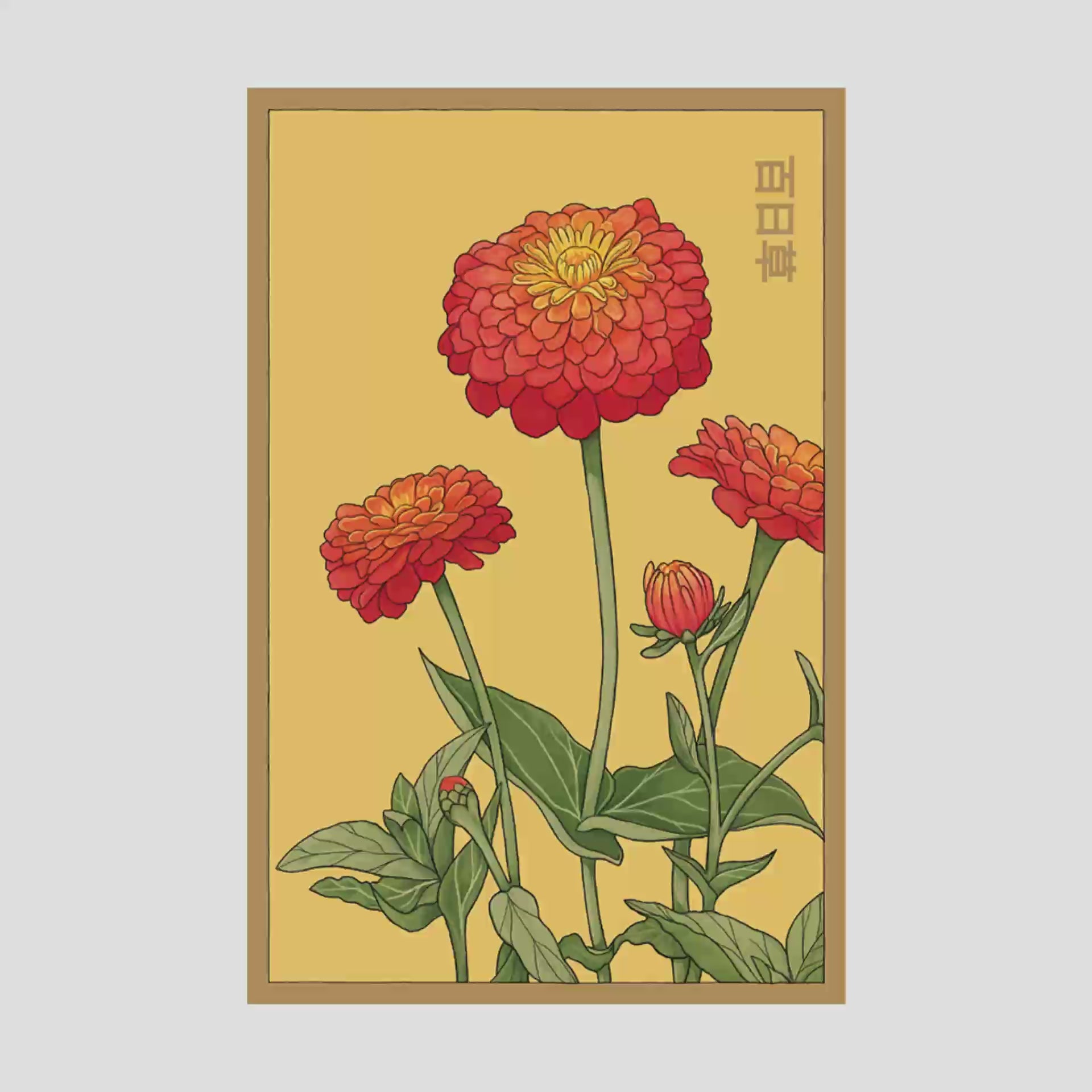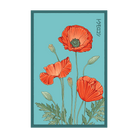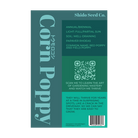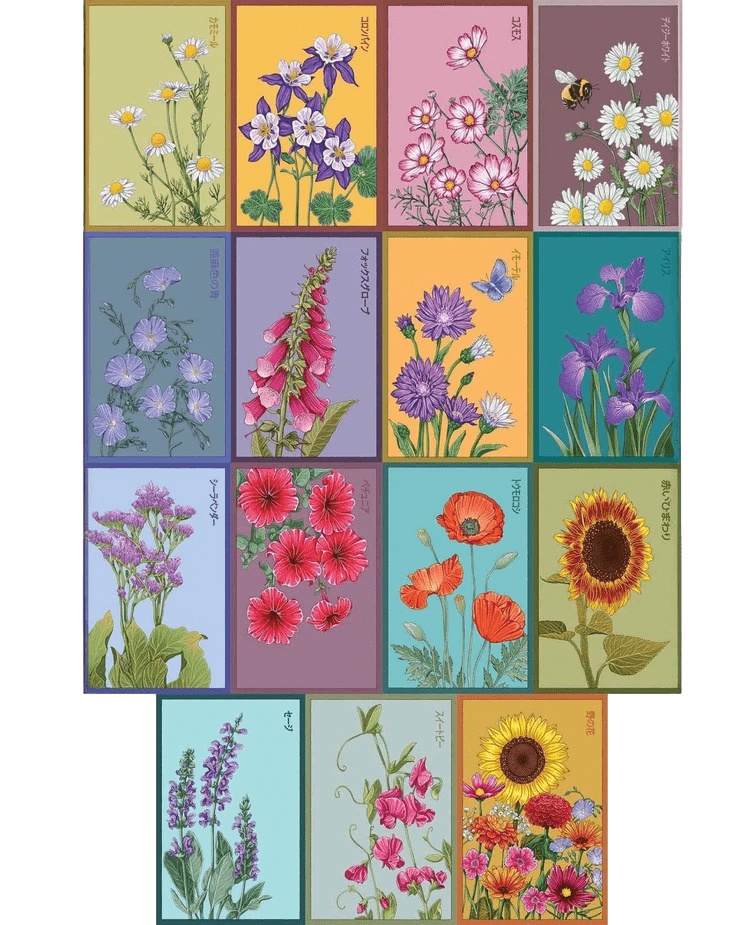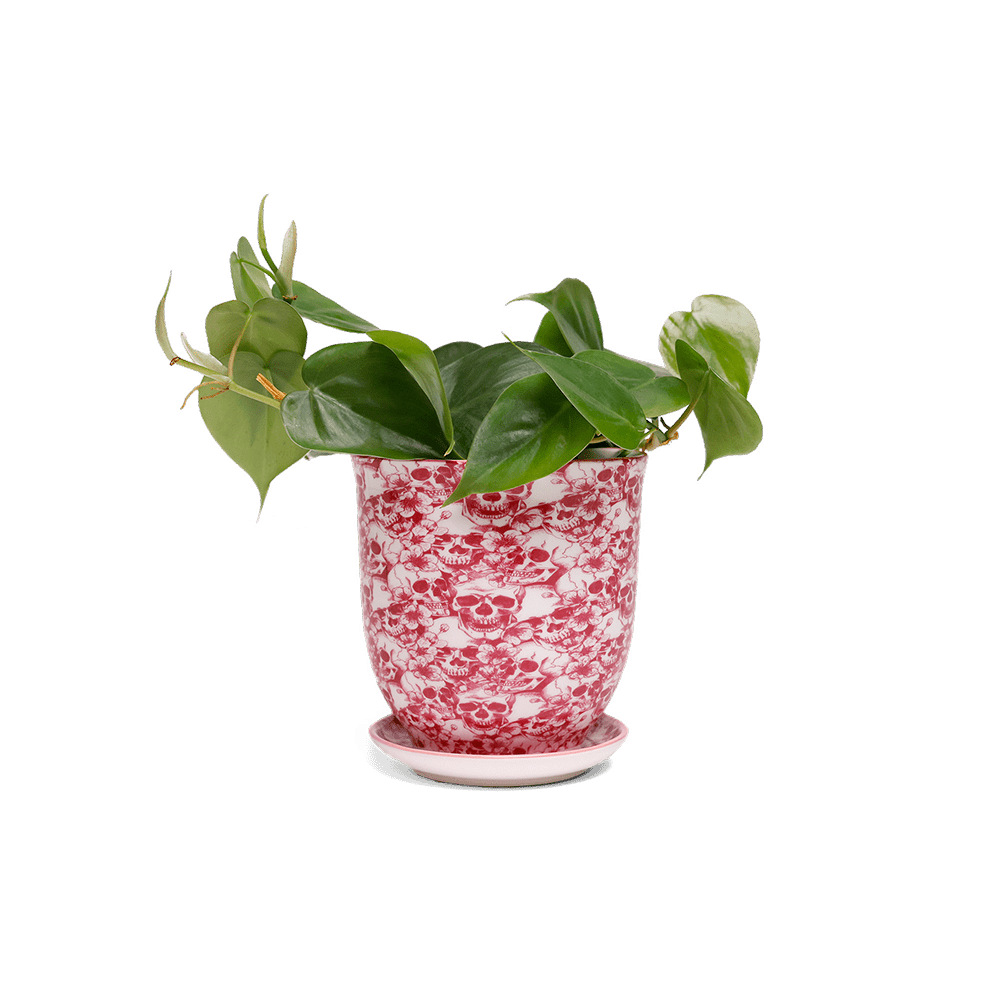Corn Poppy Flower Seeds Packet
£1.70
Unit price
/
Unavailable
Couldn't load pickup availability
The Corn Poppy (Papaver rhoeas), also known as Field Poppy or Flanders Poppy, is an iconic wildflower recognized for its brilliant red petals and delicate, paper-like blooms. This annual flowering plant is often associated with remembrance and wartime symbolism, particularly due to its historical significance in World War I. Aside from its sentimental value, the Corn Poppy is widely grown for its beauty, resilience, and ability to attract pollinators. These stunning, easy-to-grow wildflower with both ornamental and ecological benefits. Whether grown for its vibrant red blooms, historical significance, or ability to attract pollinators, this plant is a valuable addition to any garden. With minimal care requirements, it thrives in various soil conditions and self-seeds for natural reappearance each year.
SKU: SEPOPP
We stand by the quality of our flower seed packets! With high germination rates and vibrant blooms, your garden is sure to flourish. If you're not completely satisfied, we’ll replace or refund—guaranteed!
Corn Poppy Flower Seeds Packet
Why Shido Seeds Are the Best
Our flower and vegetable seeds are beautifully packaged little packets of magic. Guaranteed to turn your garden into the envy of the neighborhood. Get your hands dirty and let nature simply do its thing.
How to Plant Corn Poppies from Seed
Pro Tip
